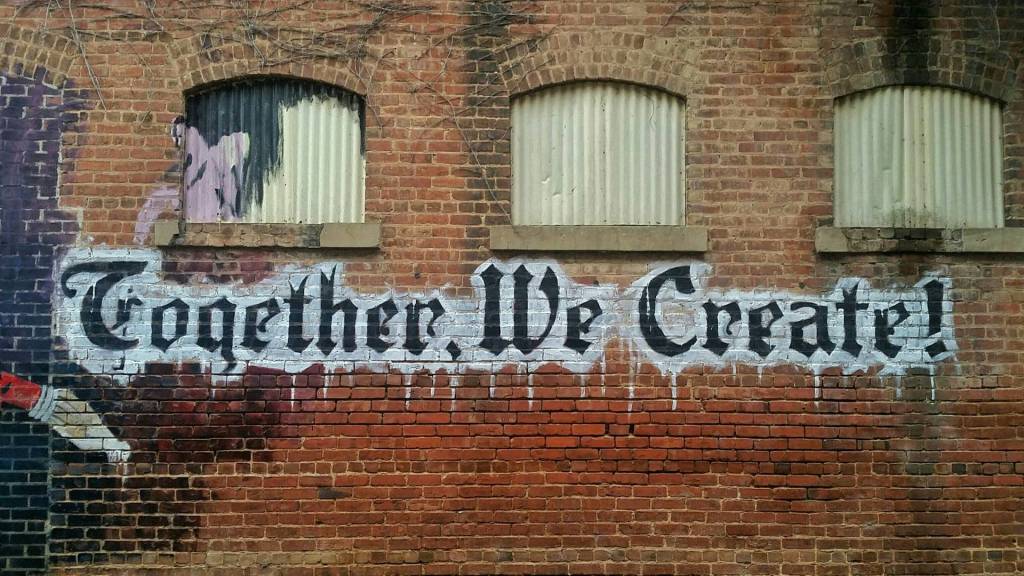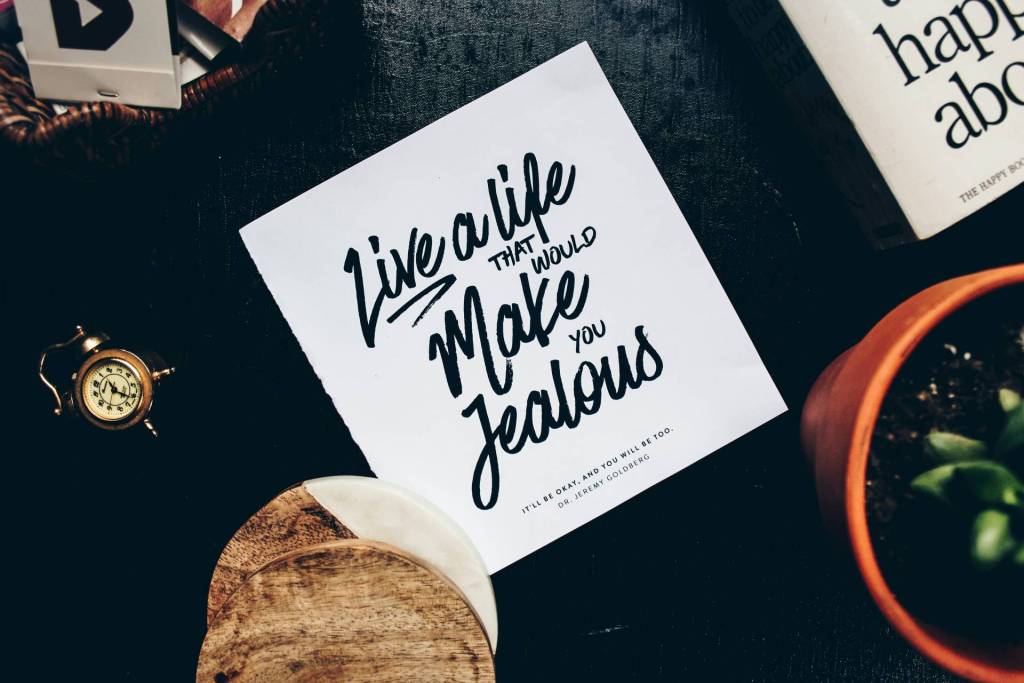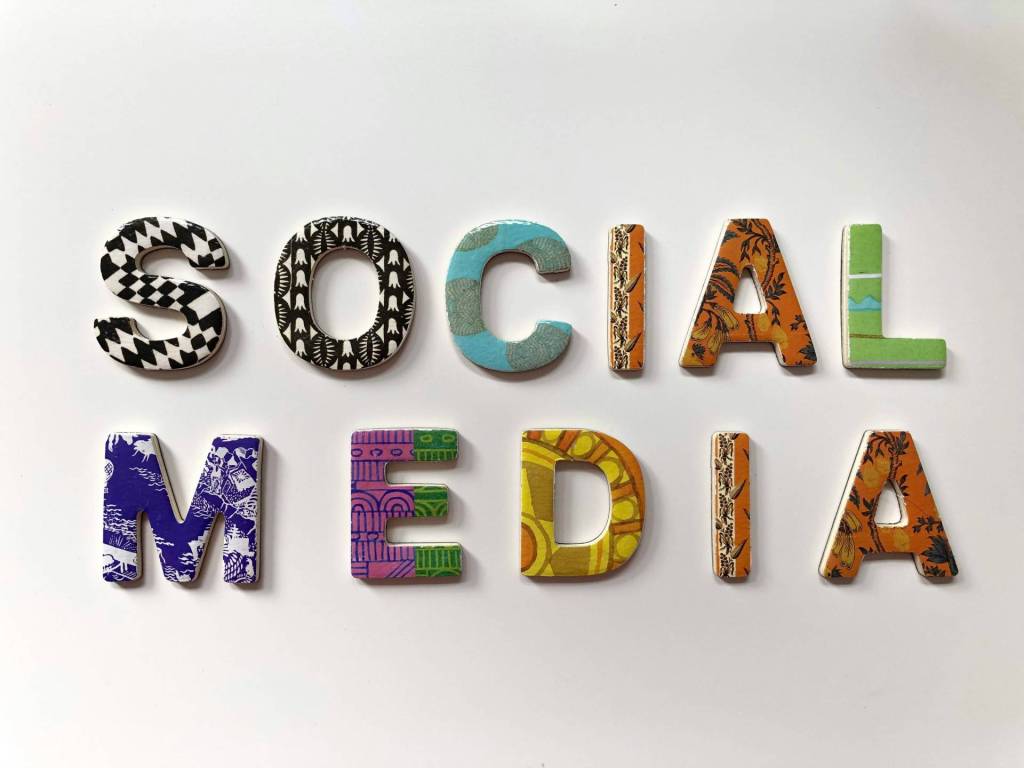Introduction
Lets go into the hidden vault and see what we can find about personal branding. Since 1997 when Tom Peters coined the term “Personal Branding,” few had any idea or consideration of exactly what it called for and how to act on it. Today, personal branding has become the standard for career development and a necessary part of how we communicate with others online. Blogs and social networks only add to the fuel, concerns and opportunities for our brands. From personal branding, we now have personal eBranding, where we have to take who we are in reality and compose an internet version of it, without losing authenticity. This transparent nature of our brands, allows for open dialog between peers, while admitting mistakes and communicating a clear opinion, where we stand on topics.
As we market ourselves as brand over the internet, we must be conscious of how we present ourselves and how people perceive us. Due to the nature of the internet, most people have neglected “small things” that could actually help propel our brands into superstardom. What may go unnoticed by some, will turn into a competitive advantage for others.
Into The Hidden Vault
Tip #1: Name and Topic Associations
If you want to be known for a specific topic, then people have to be able to connect your name to it. Every time they see your name, the topic should surface in their mind. Likewise, every time they hear your topic, your name should transpire. But how do you accomplish this? First, pick a domain name that is either YourName.com or YourTopic.com. Second, take the title tag of your website that aligns with this domain, and put the topic and then your name, such that “Your Name – Your Topic.” That way when your site is crawled and ranked in Google, it will start the association. Lastly, use your name and topic in the keyword meta tags for your site.
Free Meta Tag Generator: www.addme.com/meta.htm
Tip #2: The Consistent Brand
From your avatar, to your picture, to your blog, to your social network profiles and even your writing, as it appears everywhere on the web, you need a consistent brand. There are way too many people that fail with consistency because they rush into promoting their eBrand without first planning their strategies. All of your “main” pictures should be the same, meaning use the same graphic (headshot) for all of them. This includes your avatar (LinkedIn/MyBlogLog, etc), your Facebook picture and the image you have on your blog or personal website. If you are young and trying to be successful, but use different pictures, people will tune out or forget who you are, thus not making the association. If you are already a name brand, such as Donald Trump, you can get away with consistency with pictures.
As for your writing, remember that your tagline, name, picture and bio should be almost identical as you establish a blog, guest post for other blogs and online resources and display your profile on social networks. A lot of people don’t understand that if you’re promoting your brand through multiple social networks, you need to retain the same interests, work experience, education and status fields. If you don’t, it will confuse the viewer and you won’t be remembered.
Tip #3: The Social Network Sheriff
TechCrunch has highlighted over 2,000 companies in their crunchbase.com database. About 80% of these are social networks. There are between 3 and 5 social networks that are announced each day and people keep joining all of them. As a personal branding expert, I’m quite worried that people are making a serious mistake registering for all of these networks.
Related Post: Clean Up Your Media
Issues that arise
- Maintenance – If you register for every social network, how are you going to possibly maintain your presence on each one? What if you switch jobs or decide you don’t like a certain hobby, as you age? As the amount of social networks that you register for increases, so does the time you need to spend updating each one. This can’t scale, so don’t do it.
- Personal information – By registering for all social networks, you are giving your information to many websites. Typical registrations consist of your email, name, user name, password and more. Why would you want everyone to have this? It is a way to open up privacy and identity theft issues. This could get you in serious trouble down the road, so don’t do it.
Your checklist for the hidden vault
- 1) Volume: A social network is only as strong as the amount of people that are apart of it. Think about it, if a message board has no messages or a blog has no comments, the likelihood that you will be the first to contribute is slim. If there is no one to interact with on a social network, then why join? If people in your location aren’t using it, then it makes no sense to join as well.
- 2) Credibility: So the social network has a million users; that’s great. What if the million users are people with no status and are not more successful than you are? There is no point in being part of something that can’t serve as a support system and resource for your personal brand. If the people on the network aren’t credible, then you won’t get anything out of it. To me, LinkedIn is the most credible social network on the planet right now because it contains profiles of Fortune 500 executives and leading entrepreneurs.
- 3) Relevancy: Totspot.com is a social network for mothers and their babies. If you are a single male who attends college, this network certainly isn’t for you. It’s a waste of your time and others if you sign-up for every social network and have no means of conversation.
Again, what goes unnoticed (the hidden vault) by many can be an advantage for few. By taking the step, to not only build a personal brand, but to seek new ways to get your name out there, you will be more successful. When people become busy, they tend to lose sight of what they are actually doing and how they are being perceived by the public. These “small things” can amount to “big things” if you don’t manage them properly.
Note: This my MarketingProfs article that can also be found on their website.












